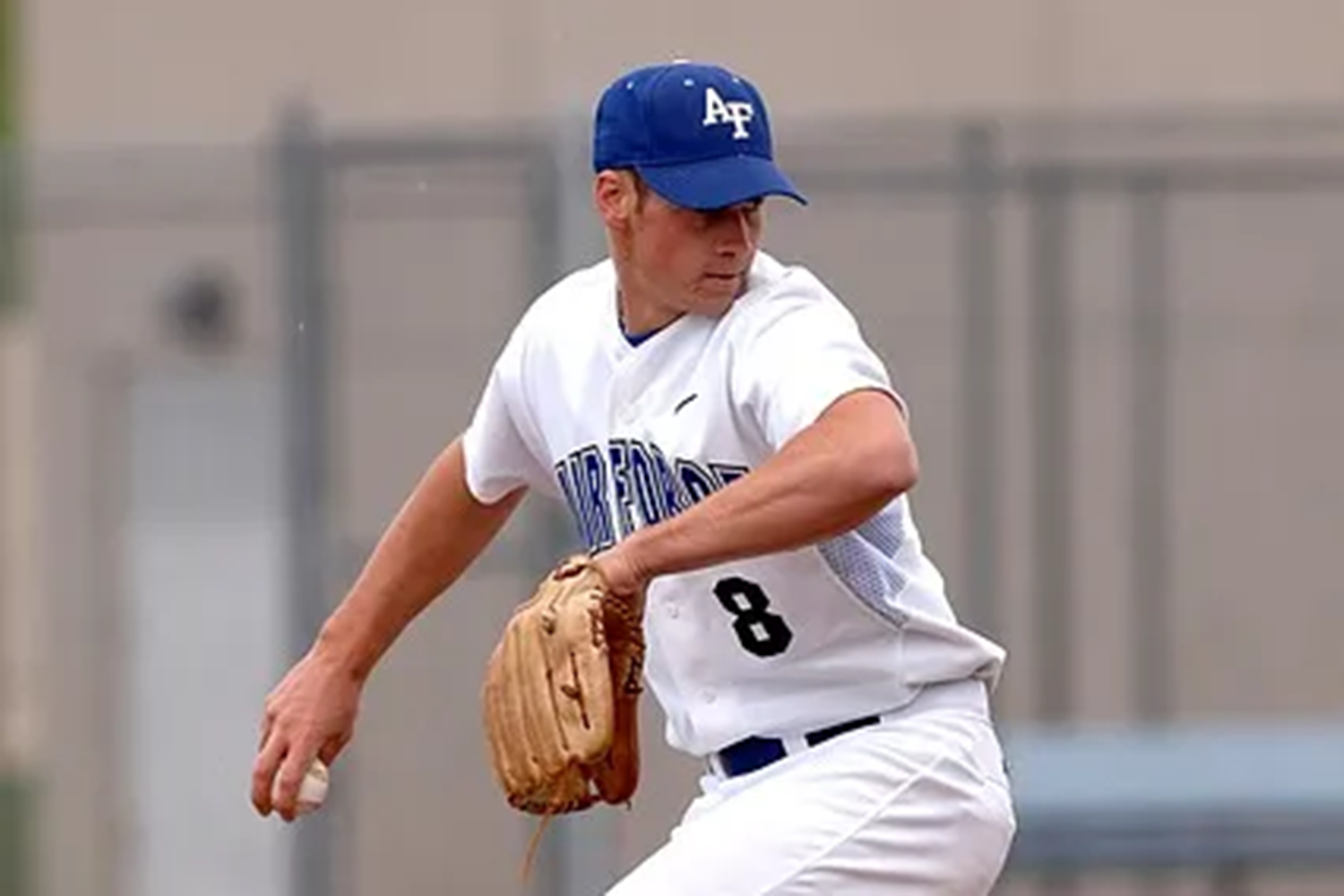Acute:Chronic Workload Ratio in Baseball

What is the Acute:Chronic (A:C) Workload Ratio and how does it apply to baseball?
Our physical therapy practice sees a lot of baseball players. And the build up to the start of the season is one of our busiest times of year with many athletes who develop arm pain. On the surface, this fact pattern doesn’t make sense; athletes fresh out of the off-season should be feeling good and ready to roll into the season, right?
Why So Sore?
I believe there are two main reasons we see so many sore arms this time of year:
First, athletes may end their prior season with a sore arm. They rest for 2 weeks or maybe even a month after the season and their arm feels better, so they don’t do anything else to address it. As they start to ramp up their throwing, the pain returns.
Secondly, word has finally begun to spread through youth baseball that taking 4-8 weeks off from throwing at least one time/year is important for long-term arm health. More and more athletes are following this advice which is a significant and positive step in the sport.
However, after this period of rest, I see many athletes who started throwing at too high an intensity level (speed) and/or too high of a volume (number of throws). This overuse leads to sore shoulders or cranky elbows.
This overuse phenomenon is not unique to baseball. We can look to other sports for guidance on how to smooth the transition back into throwing with maximal effect.
Acute:Chronic Workload Ratio
“When throwing load increased by more than 20% in a week, it resulted in significantly more injuries.”
Dr. Tim Gabbett was one of the first people to talk about something he calls the Acute:Chronic workload ratio in rugby players. Essentially, this ratio represents the “workload” for an athlete in the current week and compares it to an average of the athlete’s “workload” in the previous 2 weeks.
In very simple terms, if we keep the jump in acute (current) workload to no greater than 10-20% of the prior chronic workload, the risk of injury is reduced substantially. If an athlete exceeds this 20% jump in “workload” in a given week, their risk of injury increases substantially. Makes sense?
So, does this information on rugby athletes apply to baseball players? Moller et al looked at the effect of throwing load in handball players. They found increases in throwing of less than 10% per week resulted in very few injuries. When throwing load increased by more than 20% in a week, it resulted in significantly more injuries. Based on this study, it appears that Dr. Gabbett’s theory has some applicability to any sports involving a throwing motion.
Avoiding Soreness
What should a baseball pitcher do to keep their arm healthy as they ramp up for the season? My recommendation is to start with a light to fairly light throwing volume and intensity – somewhere around 25 throws at 30% effort (around 45-60 feet if playing catch) 3 days per week. Then, gradually increase the number of throws OR the intensity of the throws (not both in the same day) each week.
Keep in mind that you do not want to increase your throwing activity by more than 10% in any given week. You should monitor for arm soreness – during and for 24 hours after you throw. If the athlete does not experience soreness during that week, then progress by another 10% the following week. To be clear, if you start at a 30% effort level, it will take you 6 to 7 weeks to get to 100% effort for the start of the season.
Take it to the Next Level
I hope this simple advice is helpful for any athlete getting ready for the start of their throwing sport season. This is a general overview of how to implement the A:C workload ratio into your own pre-season throwing program.
If you are looking for more specific guidance, we have a free download for a Preseason Throwing Program! It was written by a professional baseball player with 10+ years experience and lays out exactly how to progress your throwing as your season approaches so you can stay healthy all season long. Give it a look!
At Kinetic Sports Medicine and Performance, we are committed to not only returning athletes from injuries, but helping athletes maximize their performance. If you are wondering if we could help YOU, feel free to contact us and schedule a free consultation. We would love to sit down with you and discuss exactly how Kinetic can help you get to the top of your game!
